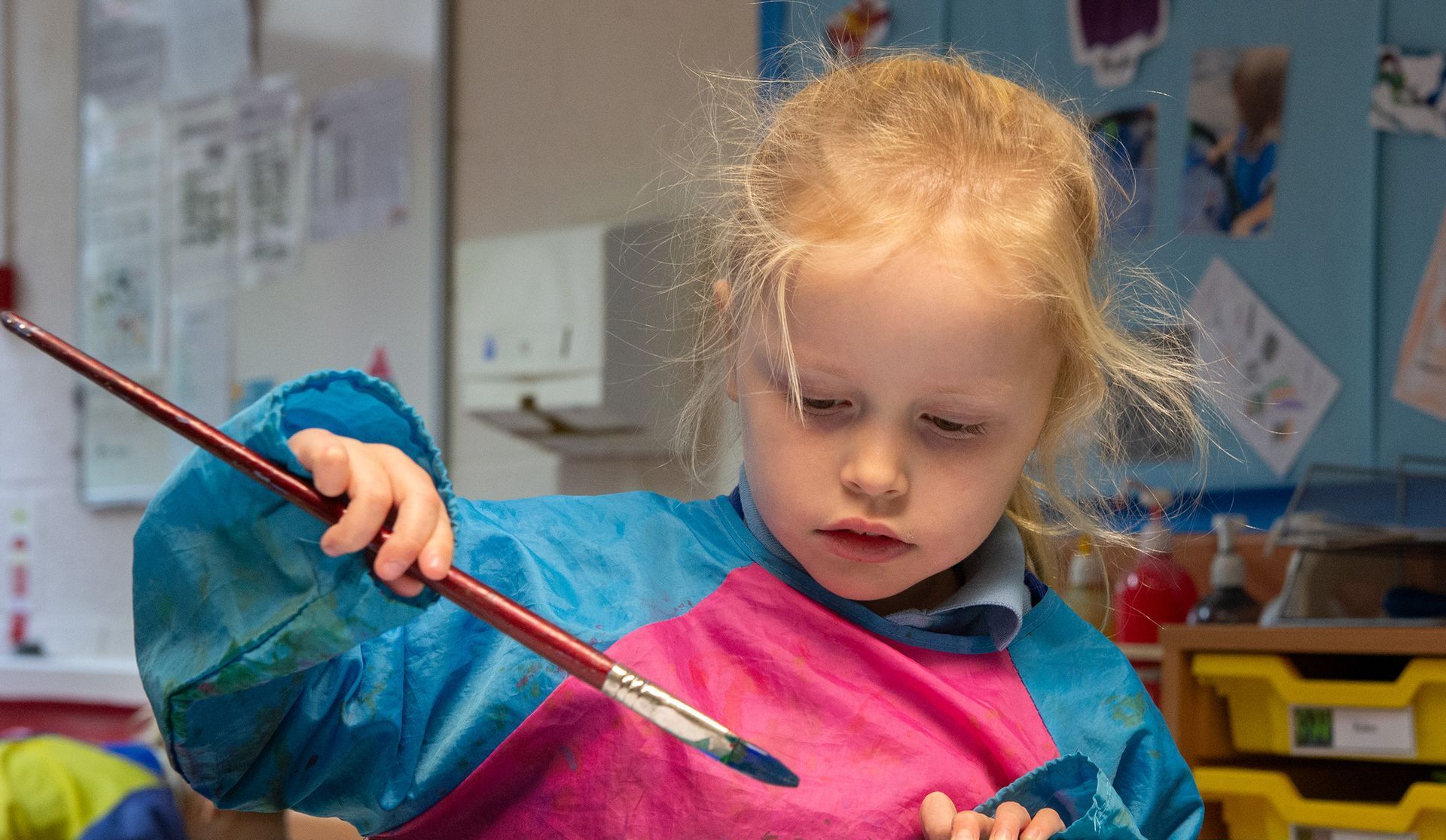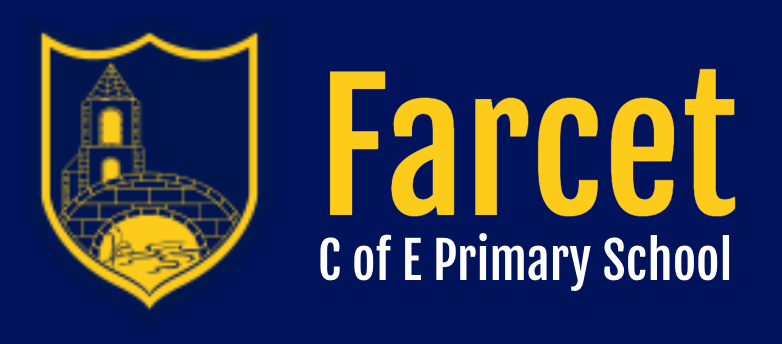
Art and Design
'Let your light shine' (Matthew 5:16)
Intent
We promise to do the best for all our pupils with everything that they learn. Children who attend our schools are supported to access the full curriculum. Our Christian ethos and values underpin all that we do within our learning and the wider activities in our school.
Our curriculum is designed and focused on equipping our learners with the knowledge and skills they need to achieve their dreams. We aim to grow their confidence, develop their social skills, and equip them to become active participants within their communities.
We maintain high standards and continually look at new ways of teaching our pupils the skills they require, explicitly and directly. Our curriculum is knowledge-rich, specifically sequenced, and is taught to be remembered. It promotes the spiritual, moral, cultural, mental, and physical development of our pupils and prepares them for the opportunities, responsibilities, and experiences of later life. With this in mind the Primary Knowledge Curriculum is used trust wide for foundation subjects.
Since its conception, the Primary Knowledge Curriculum (PKC) has placed ‘powerful knowledge’ at the heart of learning. This is knowledge that “is powerful because it provides the best understanding of the natural and social worlds that we have and helps us go beyond our individual experiences” (Young, 2013). Through a deep respect of the traditions of each unique subject, the PKC recognises the identity of the disciplines that are studied. Our vision, and intent, was to create a well-sequenced, well-specified and ambitious curriculum for all children to access. As a result, the PKC has been organised coherently to ensure it builds interesting and meaningful connections within and across history, geography, science, art, DT and English, allowing children to think deeply about interesting content. Our aim is to inspire the next generation of learners through teaching them essential background knowledge, so that they can embark on their next step in their journey filled with confidence, able to form their own opinions and develop a deep love for learning.
A knowledge-rich curriculum exposes children to ambitious content that has been highly specified and well-sequenced, leaving nothing to chance. Within schools, time is limited, and a knowledge-rich curriculum ensures that each moment will support children in acquiring the knowledge, skills and cultural capital that they will need to become well-educated citizens of the future. Every historical figure encountered, philosophical idea grappled with, and scientific concept applied, fits neatly into a scheme of learning that holds a sense of purpose and develops logically from lesson to lesson, unit to unit and year to year. Utilising cognitive science, the psychology of learning, memory and schemata, a knowledge-rich curriculum is designed to ensure that the knowledge is taught to be remembered. At its core, a knowledge-rich curriculum democratises knowledge – it enables all children, regardless of socio-economic background, to be provided with the opportunities to succeed in later life. The PKC has taken evidence and research into account to ensure that it incorporates the principles of spaced retrieval, formative low-stakes quizzing and plenty of practice to develop knowledge fluency in pursuit of mastery.
Implementation
Our art curriculum is a knowledge rich curriculum. Knowledge, in the realm of art means knowledge not only of artists, designers, architects and their work, but of the artistic concepts that relate to their work shown in different types and styles of art, how these relate to each other in a historical context and how this affects the children’s own use of materials and development of skills. The curriculum is designed to enable children to learn by making connections between the work of artists, architects and designers (which they study critically) and their own work, which they evaluate and relate back to the works they have studied. This process is cyclical. For children following the curriculum, becoming informed about the subject discipline of art is a process that takes place alongside a growing love for the subject. Meaningful opportunities for self-expression and individual response are woven through the curriculum, giving children space to learn who they are as an artist.
Units of work in the curriculum focus on the different concepts in art and different types of art. In this context concepts in art means the different elements of art (line, shape, colour, tone, form, space, visual texture and tone), how an artist combines these elements and produces art in different styles, for example realistic or abstract art. Different types of art means the different media used to make art (e.g. sculpture, architecture or painting), different subject matter (e.g. portraits, landscapes or history painting) and different artistic movements, historical periods or geographical cultures (e.g. impressionism, Anglo-Saxon art and Chinese painting).
The overall scheme of the curriculum provides for gradual progression in terms of skills (split into painting, drawing, 3D form, collage, textiles, printmaking, photography and mixed media), introducing the children to as diverse a range of materials as possible. It also provides for progression in terms of knowledge of different concepts and types of art (for example Style in Art and Narrative Painting are studied in year 1, and then revisited in year 2 in History Painting and in year 5 in Style in Art). The structure of the planning also provides for progression in terms of process in art, both in terms of critical analysis of others’ art and the necessary observation, exploration and evaluation needed for the children to create their own art.
Activities children are directed to undertake in lessons are designed with an eye to the importance of learning and practising process. These activities include verbal and written observations and observational, analytical and imaginative drawing activities in key stage 1, leading to the process of independent investigation, observation, annotation, sketching, design and planning (allowing the children to experiment and invent) by the end of key stage 2. Independent and investigative study and the understanding of process is particularly provided for in the units which conclude the year for years 5 and 6.
The curriculum fulfils the requirements of the National Curriculum for England and seeks to show how art shapes our history and contributes to our culture. It looks at key movements and historical periods in the history of Western art, studying art from ancient Greece and Rome, Anglo Saxon England, the middle-ages, the Italian renaissance, Victorian art and architecture, French impressionism and modernism of the 20th century. Where a unit looks at a period in history which is also addressed in the history curriculum, the art unit is taught after the history unit. This allows the children to approach their study of art with a degree of confidence and ‘expertise’ and to consolidate their knowledge by creating connections between the different disciplines.
It is recognised that a study of Western art lacks cultural diversity, and therefore specific units and artists have been added to the curriculum to introduce balance, particularly bearing in mind the cultural diversity of many primary schools. Year 5 study art from the Islamic world, western Africa and China and these units address the issue of accepted art history narratives, colonialization and empire and the influence of non-Western art on art of the Western world. Women artists have also been consciously included in the curriculum, and in key stage 2 there is provision for discussing why women are under-represented in traditional Western art history narratives. Study of modernism and art from the 20th century in year 6 provides an opportunity to study art by women and artists from ethnic groups traditionally underrepresented in British art. The table below breaks down the requirements of the National Curriculum for key stage 1 and key stage 2. Each unit of work covers each of the aims of the National Curriculum. The Curriculum Overview explains how this is achieved, summarising for each year group what concepts of art, types of art, skills and processes are covered. The Overview goes on to specify, in more detail, what artists, designers, architects, concepts and skills are covered in each unit. It is expected that evidence of the children’s study will be recorded in sketchbooks which can include the work, or photographs of the work they produce each lesson. Sketchbooks may include written reflections on the work of other artists/designers/architects, as well as the children’s written reflections on their own work. These activities are all provided for in lesson to lesson planning. It may also be beneficial to include the knowledge organiser, learning objectives and multiple-choice quizzes in the sketchbook, so that both children and teachers can easily identify progression in knowledge, process and application of skills.

Impact
Our Art curriculum is high quality, knowledge-based, well-sequenced and is planned to demonstrate progression. If our pupils have understood and retained knowledge from the carefully sequenced curriculum we have taught, we know that they are where they should be.
At Farcet C of E Primary School we ensure that children are equipped with art and design skills and knowledge that will enable them to be ready for the curriculum at Key Stage 3 and for life as an adult in the wider world.
We want the children to have thoroughly enjoyed learning about art and design, therefore, encouraging them to undertake new life experiences now and in the future.
